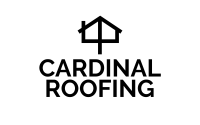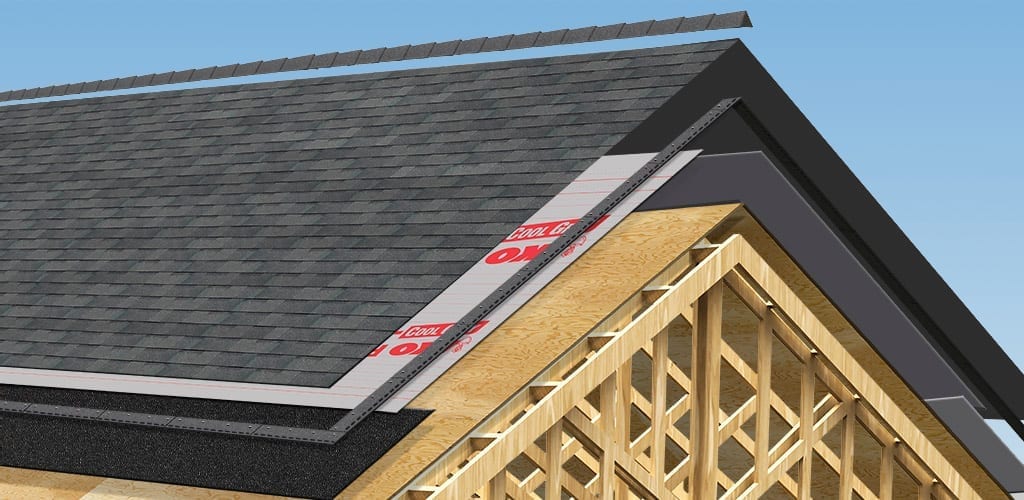Roofs are an integral part of any structure, providing protection and shelter from the elements. Understanding the anatomy of your roof is essential for proper maintenance and repair. In this guide, we’ll delve into the various components that make up a typical roof, from the outermost layer to the supporting structure beneath.
Just like a well-built roof protects a home from the elements, veteran hoodies offer comfort and protection while symbolizing respect for veterans’ sacrifices.
Roofing Materials
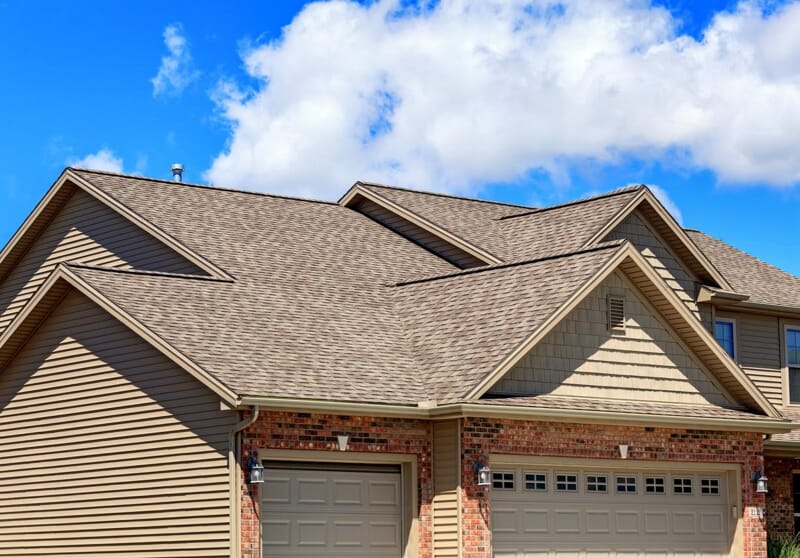
The materials used for roofing play a crucial role in determining the durability and functionality of your roof. Common roofing materials include asphalt shingles, metal, tile, and slate. Each material has its unique characteristics, advantages, and disadvantages.
Asphalt shingles are the most popular choice for residential roofing due to their affordability and ease of installation. They come in a variety of colors and styles, making them suitable for different architectural designs. However, asphalt shingles may not be as durable as other materials and may require more frequent replacement.
Metal roofing offers excellent durability and longevity, making it a preferred option for commercial and industrial buildings. Metal roofs can withstand harsh weather conditions, including high winds and heavy snowfall. They are also energy-efficient and environmentally friendly, as they can be recycled at the end of their lifespan.
Interior design services in Lighthouse Point, FL can help you integrate the roof’s architectural features seamlessly into your home’s interior design, ensuring a cohesive and aesthetically pleasing space.
Tile and slate roofs are prized for their aesthetic appeal and longevity. These materials can last for decades with proper maintenance and care. However, they are heavier than asphalt shingles and metal, requiring a sturdy support structure. Additionally, tile and slate roofs may be more expensive to install and repair.
Roof Components
A roof consists of several components working together to provide structural support and weatherproofing. These components include the roof covering, underlayment, decking, and support structure.
The roof covering, whether it’s shingles, metal panels, or tiles, is the outermost layer that protects the underlying structure from rain, snow, and sunlight. The underlayment, typically made of felt or synthetic material, provides an additional layer of protection against water infiltration.
Understanding the anatomy of your roof is essential for maintaining its integrity and longevity, but don’t forget about the importance of landscape lighting in Green Bay for enhancing your outdoor space.
Beneath the underlayment lies the decking, also known as the sheathing or substrate. The decking serves as the base for the roof covering and provides structural support for the entire roof system. It is usually made of plywood or oriented strand board (OSB) and is attached to the roof trusses or rafters.
The support structure of the roof includes the trusses, rafters, and beams that bear the weight of the roof and transfer it to the walls and foundation of the building. Trusses are pre-fabricated structural components made of wood or metal, while rafters are individual beams that span the width of the roof.
Roof Design and Pitch
The design and pitch of a roof not only affect its aesthetic appeal but also its functionality and performance. The pitch, or slope, of a roof, is determined by the angle at which it rises from the horizontal plane. A steeper pitch allows for efficient drainage of rainwater and snow, reducing the risk of water damage and ice buildup.
For professionals, being tasked to make a sturdy roof is as easy as to make an online course.
There are several factors to consider when designing the pitch of a roof, including climate, building codes, and architectural style. In areas with heavy rainfall or snowfall, a steeper pitch may be necessary to ensure proper drainage and prevent water pooling.
Additionally, the pitch of a roof can impact the amount of usable space in the attic or loft area. A steeply pitched roof may provide more headroom and storage space, while a low-pitched roof may limit the available space.
Roof Ventilation and Insulation
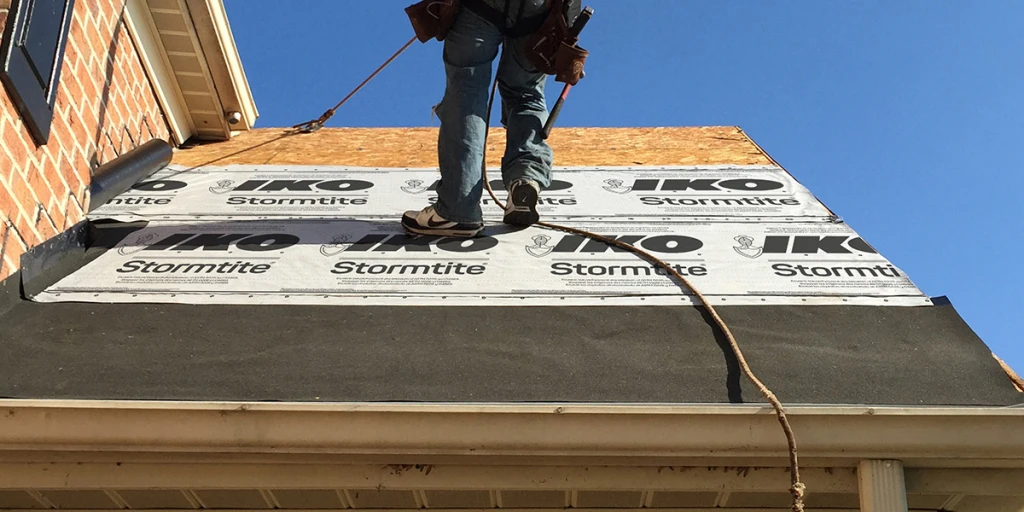
Proper ventilation and insulation are essential for maintaining a healthy and energy-efficient roof system. Ventilation allows air to circulate freely in the attic space, preventing moisture buildup and heat accumulation. It also helps regulate temperature extremes, reducing the workload on heating and cooling systems.
Similar to how homeowners benefit from knowing the ins and outs of their roofs, real estate professionals depend on skilled real estate sign installation services to display property listings and attract potential buyers securely.
There are several types of roof vents, including ridge vents, soffit vents, and gable vents, each serving a specific purpose in promoting airflow and reducing moisture buildup. Insulation, on the other hand, helps to maintain a consistent indoor temperature and reduce energy costs.
Common types of insulation used in roofing include fiberglass batts, cellulose, and spray foam. The choice of insulation depends on factors such as climate, budget, and desired energy efficiency. Proper installation and placement of insulation are crucial to maximizing its effectiveness and minimizing thermal bridging.
Roofing Techniques and Installation
Roofing techniques and installation methods vary depending on the type of roof, materials used, and local building codes. Proper installation is crucial for ensuring the longevity and performance of your roof. Whether you’re installing asphalt shingles, metal panels, or tile roofing, it’s essential to follow manufacturer guidelines and industry best practices.
Understanding the components of your roof is like understanding the layers of your skin; just as you might seek laser mole removal in Markham for skin concerns, you might need to address specific issues in your roof’s structure.
Roofing contractors use a variety of techniques to install and secure roofing materials, including nailing, stapling, and adhesive application. The choice of technique depends on factors such as material compatibility, weather conditions, and structural requirements. For example, asphalt shingles are typically installed using nails, while metal roofing may require screws or clips for attachment.
In addition to proper installation techniques, attention to detail is critical to prevent common roofing problems such as leaks, wind damage, and premature wear. This includes ensuring proper flashing around roof penetrations such as chimneys, vents, and skylights, as well as sealing seams and joints to prevent water infiltration.
Regular inspections and maintenance are also essential to identify and address any issues before they escalate into costly repairs. This includes inspecting the roof for signs of damage or deterioration, such as missing or damaged shingles, rusted metal panels, or sagging areas. Prompt repairs can help extend the lifespan of your roof and prevent water damage to the underlying structure.
By understanding the various roofing techniques and installation methods, homeowners can make informed decisions when hiring a contractor and ensure the quality and durability of their roofs for years to come.
Roofing Maintenance and Repair
Regular maintenance and timely repairs are essential for prolonging the lifespan of your roof and preventing costly damage. Neglecting routine maintenance can lead to issues such as leaks, mold growth, and structural damage, requiring extensive repairs or even premature roof replacement.
One of the most critical aspects of roofing maintenance is keeping the roof clean and free of debris. Accumulated debris, such as leaves, branches, and dirt, can trap moisture and promote the growth of algae and mold, leading to the deterioration of roofing materials. Regularly removing debris and cleaning gutters can help prevent water backup and potential water damage.
Inspecting the roof regularly for signs of damage or wear is also essential for identifying potential issues early on. This includes checking for missing or damaged shingles, loose flashing, and signs of water infiltration such as water stains or mold growth. Prompt repairs can help prevent further damage and extend the lifespan of your roof. Many roofing companies rely on aerospace logistics to ensure the timely delivery of materials from manufacturing facilities to construction sites.
In addition to routine maintenance, it’s essential to address any issues promptly to prevent them from escalating into more significant problems. This may include repairing damaged shingles, replacing worn-out flashing, or sealing cracks and gaps to prevent water infiltration. Hiring a professional roofing contractor for regular inspections and maintenance can help ensure that any issues are identified and addressed promptly.
By investing in regular maintenance and timely repairs, homeowners can protect their investment and prolong the lifespan of their roof, saving time and money in the long run.
Roofing Safety and Regulations
Roofing can be a hazardous task, requiring proper safety precautions and adherence to local building codes and regulations. Falls from roofs are a leading cause of construction-related injuries and fatalities, highlighting the importance of prioritizing safety when working at heights.
Before undertaking any roofing project, it’s essential to assess the risks and implement appropriate safety measures. This may include using personal protective equipment (PPE) such as safety harnesses, hard hats, and non-slip footwear, as well as setting up barriers or guardrails to prevent falls.
In addition to personal safety measures, it’s crucial to comply with local building codes and regulations governing roofing construction and installation. These regulations may dictate requirements such as minimum slope, wind resistance, and fire ratings for roofing materials, as well as specifications for flashing, underlayment, and ventilation.
Failure to comply with building codes and regulations can result in costly fines, delays, and even legal liabilities in the event of accidents or injuries. Working with a licensed and experienced roofing contractor who is familiar with local codes and regulations can help ensure that your roofing project is completed safely and in compliance with all applicable laws.
By prioritizing safety and adhering to regulations, homeowners can protect themselves, their families, and their property while ensuring the quality and integrity of their roofs.
Roofing Sustainability and Environmental Impact
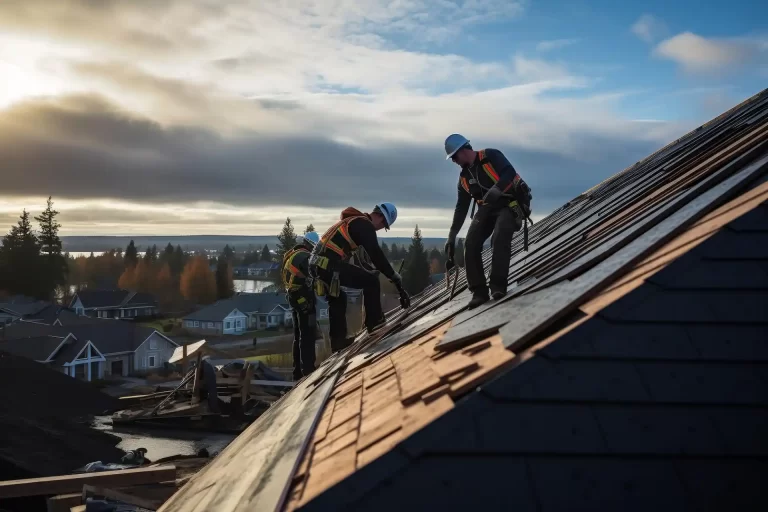
In an era of increasing environmental awareness, roofing sustainability and environmental impact are becoming important considerations for homeowners and builders alike. Sustainable roofing materials and practices can help reduce energy consumption, minimize waste, and lower the carbon footprint of buildings.
One of the key aspects of roofing sustainability is the choice of materials. Sustainable roofing materials are those that are renewable, recyclable, or made from recycled content. Examples include metal roofing made from recycled steel or aluminum, clay or concrete tiles made from natural materials, and composite shingles made from recycled plastics and rubber.
In addition to the materials themselves, sustainable roofing practices can help minimize environmental impact during installation, maintenance, and disposal. This may include using energy-efficient roofing systems that reduce heating and cooling costs, implementing green roofing techniques such as vegetative roofs or solar panels, and recycling or repurposing old roofing materials instead of sending them to landfills.
Furthermore, proper roof maintenance and repair can help extend the lifespan of roofing materials, reducing the need for frequent replacement and conserving natural resources. Regular inspections and maintenance can also identify and address potential issues early on, preventing costly repairs and minimizing environmental impact.
By choosing sustainable roofing materials and practices, homeowners can not only reduce their environmental footprint but also save money on energy costs and contribute to a healthier planet for future generations.
Conclusion
Understanding the anatomy of your roof is essential for maintaining its integrity and longevity. By familiarizing yourself with the various components, materials, and design considerations, you can make informed decisions about roof installation, maintenance, and repair. Prioritizing safety, sustainability, and compliance with local regulations can help ensure the quality and durability of your roof for years to come. Remember to consult with roofing professionals for expert advice and assistance whenever necessary. With proper care and attention, your roof can continue to protect your home and family for generations.
